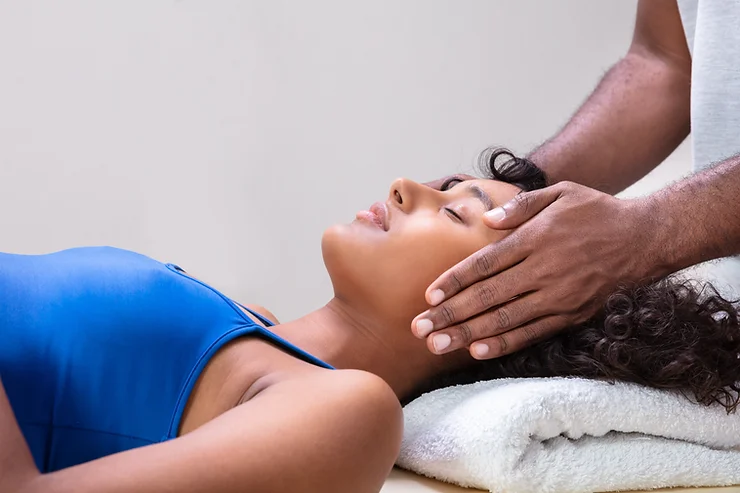In the realm of rehabilitation, the journey to recovery often involves a multifaceted approach. While exercise is a crucial component of any rehabilitation program, it’s equally important to recognize the pivotal role that manual therapy and massage play in laying the foundation for healing. In this article, we delve into the significance of starting with manual therapy and massage before progressing to exercise in a rehabilitation program aimed at alleviating pain and restoring function.
Understanding Manual Therapy and Massage:
Manual therapy and massage encompass a range of hands-on techniques performed by trained professionals to address musculoskeletal issues, promote relaxation, and enhance overall well-being. These modalities involve skilled manipulation of soft tissues, joints, and muscles, aiming to reduce pain, improve range of motion, and optimize tissue function.
The Importance of Pain Reduction:
One of the primary reasons to begin a rehabilitation program with manual therapy and massage is the immediate relief they can provide. Pain often acts as a barrier to effective movement and exercise. By alleviating pain through targeted techniques such as joint mobilization, myofascial release, and trigger point therapy, individuals can attain a level of comfort that facilitates their engagement in subsequent rehabilitation exercises.
Restoring Mobility and Range of Motion:
Restricted mobility and diminished range of motion are common issues in individuals experiencing pain or recovering from injuries. Manual therapy techniques, such as stretching and joint mobilization, help restore optimal movement patterns. By addressing tight muscles, adhesions, and joint restrictions, manual therapy prepares the body for more dynamic movements, setting the stage for effective exercise interventions.
Enhancing Circulation and Tissue Healing:
Massage, a form of manual therapy, is renowned for its ability to enhance blood circulation. Improved circulation ensures that vital nutrients and oxygen reach injured or compromised tissues, promoting faster healing. This boost in circulation also aids in the removal of metabolic waste products, reducing inflammation and contributing to the overall health of the affected area.
Facilitating Mind-Body Connection:
Rehabilitation is not solely a physical endeavor; it involves a strong mind-body connection. Manual therapy and massage contribute to this connection by promoting relaxation and reducing stress. Tension in the body, both muscular and mental, can hinder the effectiveness of exercise programs. By creating a more relaxed and receptive state, individuals are better equipped to engage in rehabilitation exercises with focus and intention.
Individualized Treatment Plans:
Another advantage of beginning with manual therapy is the opportunity for healthcare professionals to tailor treatment plans to individual needs. Assessing an individual’s response to manual techniques provides valuable insights into their specific biomechanical issues and areas of concern. This personalized approach ensures that subsequent exercises address the root causes of pain and dysfunction.
Conclusion:
In the realm of rehabilitation, manual therapy and massage serve as indispensable tools in the pursuit of pain relief and functional recovery. By prioritizing these modalities at the onset of a rehabilitation program, individuals can lay a solid foundation for subsequent exercises. The seamless integration of manual therapy, massage, and targeted exercises not only accelerates the healing process but also promotes a holistic approach to well-being. As we navigate the path to recovery, let us recognize and embrace the symbiotic relationship between manual therapy, massage, and exercise on the journey to optimal health.



